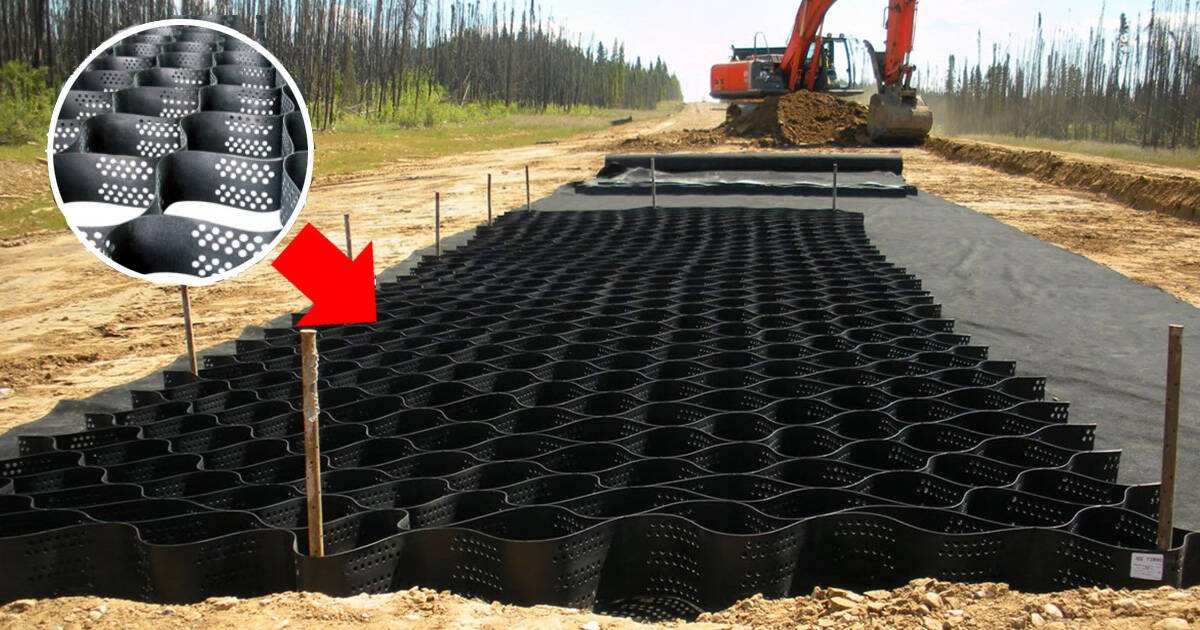Innovations in geosynthetics are driving significant advancements in both sustainability and infrastructure resilience. These synthetic materials, including geotextiles, geomembranes, and geogrids, are being creatively employed in civil engineering projects to address a range of challenges. From stabilizing soil to preventing erosion, enhancing drainage, and reinforcing structures, geosynthetics are contributing to more durable and environmentally-friendly solutions. Biodegradable and recycled options promote sustainability, while smart geosynthetics with embedded sensors enable real-time monitoring. These innovations underscore geosynthetics’ pivotal role in shaping resilient, long-lasting, and eco-conscious infrastructure across the globe.
For More Information, Access PDF Here: https://www.transparencymarketresearch.com/sample/sample.php?flag=S&rep_id=7934
𝗛𝗲𝗿𝗲 𝗮𝗿𝗲 𝘀𝗼𝗺𝗲 𝗶𝗻𝗻𝗼𝘃𝗮𝘁𝗶𝗼𝗻𝘀 𝗶𝗻 𝗴𝗲𝗼𝘀𝘆𝗻𝘁𝗵𝗲𝘁𝗶𝗰𝘀 𝘁𝗵𝗮𝘁 𝗮𝗿𝗲 𝗮𝗱𝘃𝗮𝗻𝗰𝗶𝗻𝗴 𝘀𝘂𝘀𝘁𝗮𝗶𝗻𝗮𝗯𝗶𝗹𝗶𝘁𝘆 𝗮𝗻𝗱 𝗶𝗻𝗳𝗿𝗮𝘀𝘁𝗿𝘂𝗰𝘁𝘂𝗿𝗲 𝗿𝗲𝘀𝗶𝗹𝗶𝗲𝗻𝗰𝗲:
𝗕𝗶𝗼𝗱𝗲𝗴𝗿𝗮𝗱𝗮𝗯𝗹𝗲 𝗚𝗲𝗼𝘀𝘆𝗻𝘁𝗵𝗲𝘁𝗶𝗰𝘀:
Researchers are developing geosynthetic materials that can naturally degrade over time, reducing the need for long-term maintenance and minimizing environmental impact.
𝗥𝗲𝗰𝘆𝗰𝗹𝗲𝗱 𝗚𝗲𝗼𝘀𝘆𝗻𝘁𝗵𝗲𝘁𝗶𝗰𝘀: Utilizing recycled materials in geosynthetic manufacturing helps reduce waste and promotes the circular economy, enhancing sustainability in construction projects.
𝗚𝗲𝗼𝘀𝘆𝗻𝘁𝗵𝗲𝘁𝗶𝗰 𝗖𝗹𝗮𝘆 𝗟𝗶𝗻𝗲𝗿𝘀 (𝗚𝗖𝗟𝘀): These liners combine bentonite clay with geotextiles to create a barrier that effectively controls water leakage in landfills, containment ponds, and other applications.
𝗚𝗲𝗼𝘀𝘆𝗻𝘁𝗵𝗲𝘁𝗶𝗰 𝗥𝗲𝗶𝗻𝗳𝗼𝗿𝗰𝗲𝗱 𝗦𝗼𝗶𝗹 (𝗚𝗥𝗦) 𝗧𝗲𝗰𝗵𝗻𝗼𝗹𝗼𝗴𝘆: GRS technology involves reinforcing soil with geosynthetics to create stable structures like retaining walls, embankments, and slope reinforcements, reducing the need for traditional materials like concrete.

